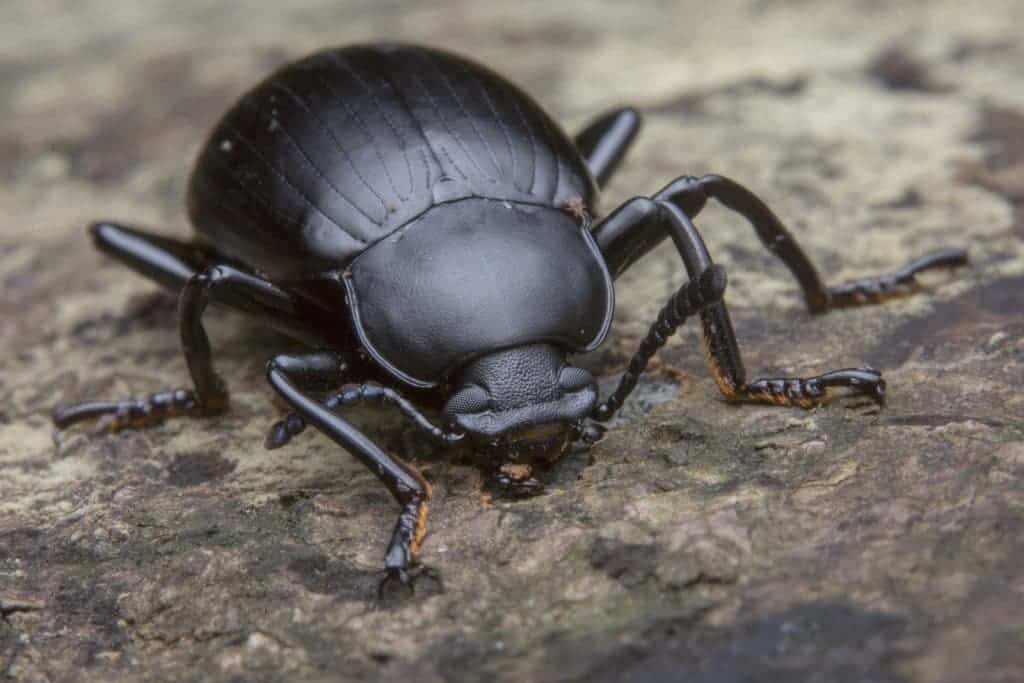Humans may come up with clever innovations and designs for useful many products, but chances are nature has beaten us to the job. The latest example is lubricant: researchers have discovered that beetles can naturally lubricate their knees with a substance that works better than Teflon.

Insects are the largest group of animals on Earth, but there’s still much we haven’t discovered about them yet. For instance, scientists have a limited understanding of how insects’ joints reduce friction and are protected from wear and tear. In vertebrates, joints are enclosed into a cavity filled out by the synovial fluid serving as a lubricant between contacting cartilage surfaces. These fluid-lubricated joints exhibit a very low coefficient of friction.
But what happens to insects who don’t have this?
Researchers at the Christian-Albrechts University of Kiel and Aarhus University used a scanning electron microscope to examine the knee joint of the darkling beetle (Zophobas morio). They found that the area where the femur and tibia meet is covered with pores that excrete a lubricant substance made of proteins and fatty acids. Turns out, the lubricant is very powerful.
The team put it to the test, placing it between two glass surfaces and rubbing them together. The friction between the planes with the material between was much lower than without the material between them. The researchers also found that his material was better as a lubricant than vacuum grease and better than Teflon.
Polytetrafluoroethylene (PFTE), commonly known as Teflon, is a synthetic polymer containing carbon and fluorine. It’s commonly used as a non-stick coating in kitchen cookware, such as pans and baking trays. It’s also used in the manufacture of semiconductors and medical devices and as an inert ingredient of pesticides.
The researchers think the insect lubricant also has other functions. Under a high load, chunks of it deformed and created a squashable layer between two surfaces that acted like a shock absorber and prevented abrasive contact. Still, extracting the lubricant would be too expensive and time consuming, so the team wants to find a way to synthesize it.
“First of all, we need to understand the molecular structure, and then perhaps it is possible. Maybe it is necessary to involve biotechnology and use bacteria to produce it,” co-author Konstantin Nadein from the University of Kiel in Germany told New Scientist.
The researchers think this natural lubricant from beetles might be useful for small-scale robots and prosthetics, for which conventional lubricants don’t work that well. They called for further studies on the properties of the lubricant so to come up with ideas for further biometric applications in the area of novel lubricating materials.
“In this regard, this research may be of particular interest for robotics and MEMS technology, and especially for prosthetics, in order to develop a new generation of completely bio-organic lubricants with friction-reducing properties similar to PTFE (Teflon),” the researchers wrote.
The study was published in the journal Proceedings of the Royal Society B.


